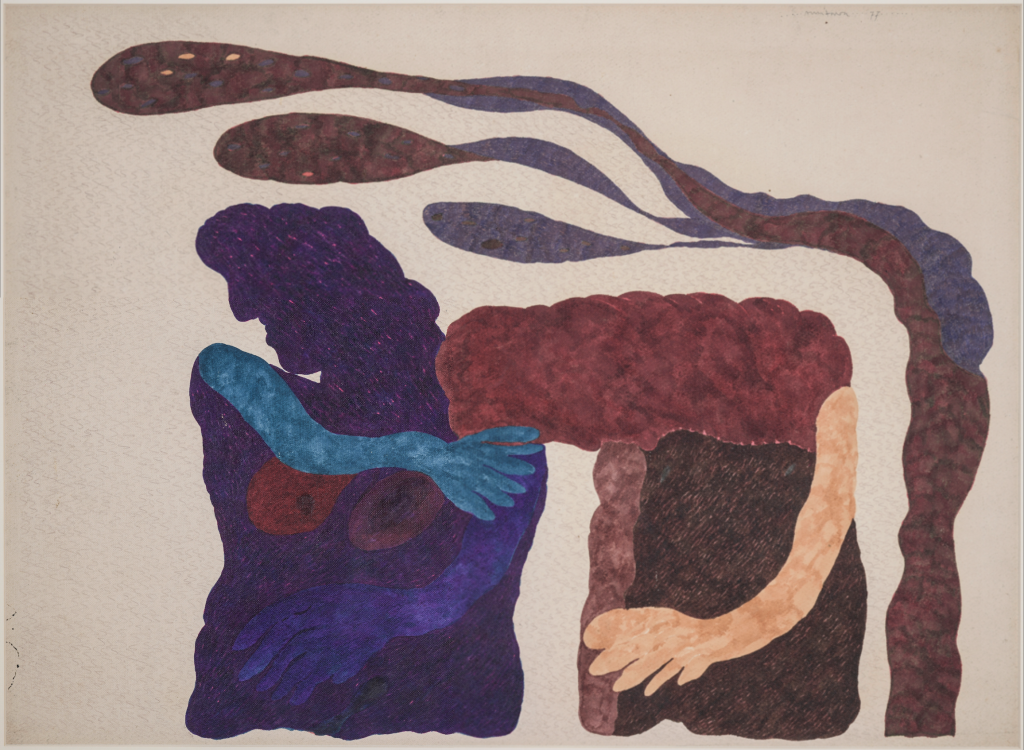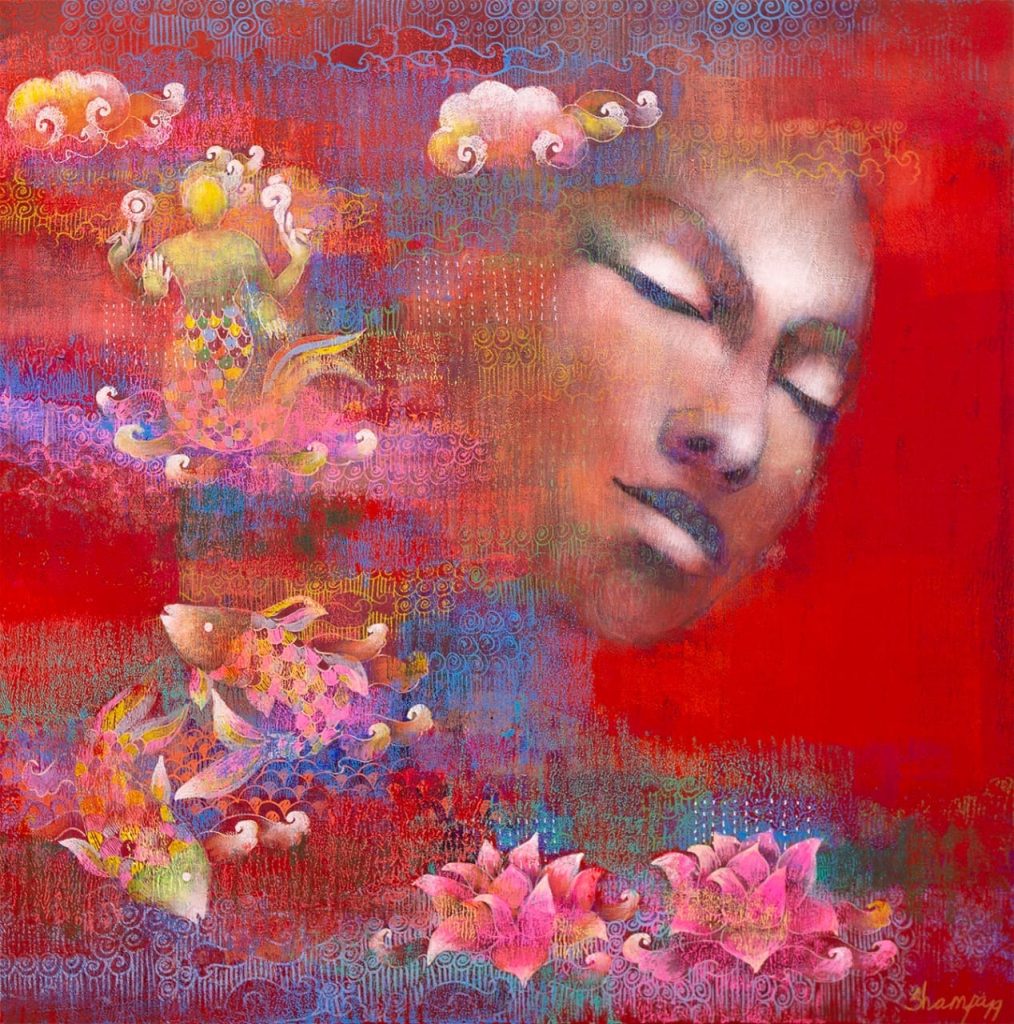Kiran Nadar Museum of Art (KNMA), proudly presents two distinct artistic practices with pronounced styles and rich imagery, in the works of artists Amitava and Mohan Samant. The two exhibitions will stand independently while conversing with each other through cursors of art-making and ingenious journeys of the two artists. The practices of Mohan Samant (1924 – 2004) and Amitava (b.1947) speak of the creative inclinations of two distinct generations. The preview is set for 6:30 PM on 26 July 2024. The exhibition will be open to the public from 27 July 2024 till 29 September 2024 between 10:30 AM to 6:30 PM at KNMA Saket.
The exhibition ‘If We Knew the Point’ – Amitava draws from an array of styles and references which are emerging points of his images. Cruising between a wide range of mediums from graphite, ink, ballpoint pens, watercolour, and collages to making burnt marks on paper, he treats the illustrative ground through the poetics of materiality. Often unwilling to rationalize the meaning behind art making, he emphasises the statement that ‘art is to be experienced’ and not reasoned out.
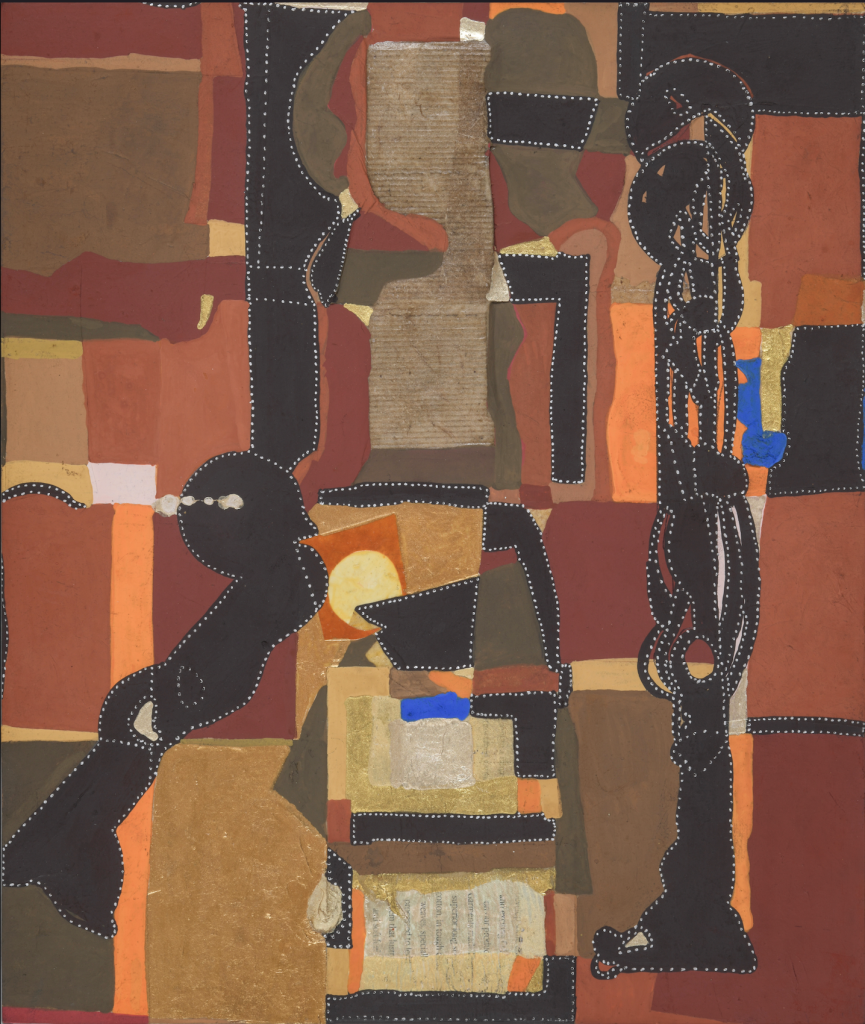
Collage and tempera on palm leaf paper mounted on mount board
Courtesy – Amitava
Recalling Federico Garcia Lorca’s poetics – ‘In Search of Duende,’ and the notions of irrationality, earthiness, and a heightened awareness of death, Amitava’s images flourish on the abstract edge of creative balance between visual art, music, cinema and poetry. The interplay of forms, from liminal figures of humans and animals, appropriations from nature to the geometrics of urbanity, populate a wide range of surfaces, from sketchbook papers, and canvases to handmade rice paper, that Amitava chooses.
With more than 150 artworks the exhibition will explore the diversity of forms, colours, textures, and surfaces that evoke a multitude of emotions. The exhibition title is both a somatic and rhetorical coinage, drawing from the eponymous poem by Roberto Juarroz. The term ‘point’ comprehends an array of meanings, on one hand, it means a particular fact, idea, or opinion that somebody expresses, or a primary piece of information, while it also means a statement or an objective.
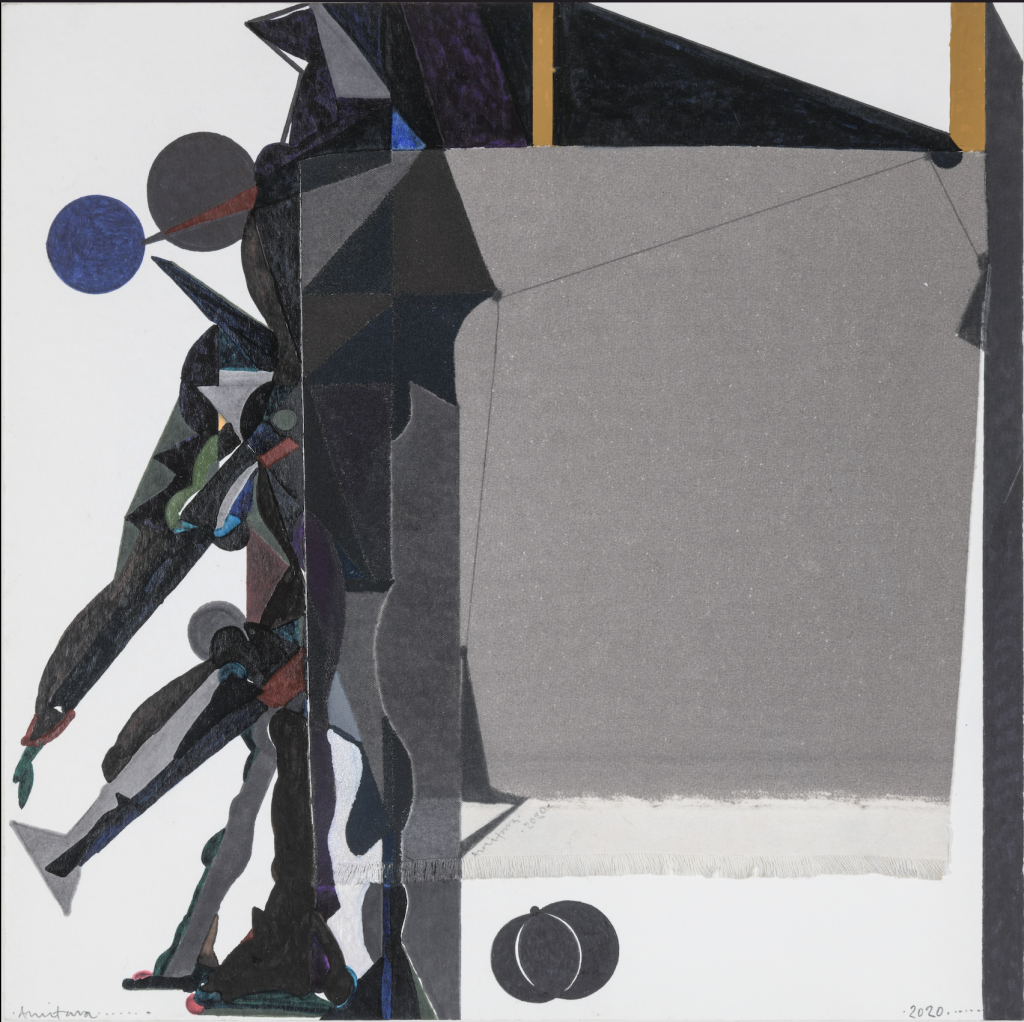
Collage, pasted canvas, tempera, coloured pen and graphite on paper
Courtesy – Amitava
On the other hand, ‘point’ or a dot is an essential unit of making art, which reminds us of a range of art terminologies from ‘pointillism’ to the dots used in various indigenous art forms. Amitava uses these elements with precise objectives to impart definitive volume and impact in his forms. One finds thousands of these dots or points that make his images incisive, providing them with both formalistic and conceptual advantages. Filigree-like entwining, minimal geometric space formations are a few signifiers that mark his signature style. Speaking of poetry, and space making while involved in exhibition designing and his general inclination towards design elements, Amitava uses curious objects like price tags, bus tickets and other ephemera on the artworks as reminiscences of his travels, a mnemonic archive, and as take-off points for his imagination to excavate formalistic possibilities in his art.
The exhibition will unfold elements of surprise on display while unfolding Amitava’s varied and subtle interpretations of cultural stigmata which are interwoven within a collective cultural identity, something he has absorbed and released.
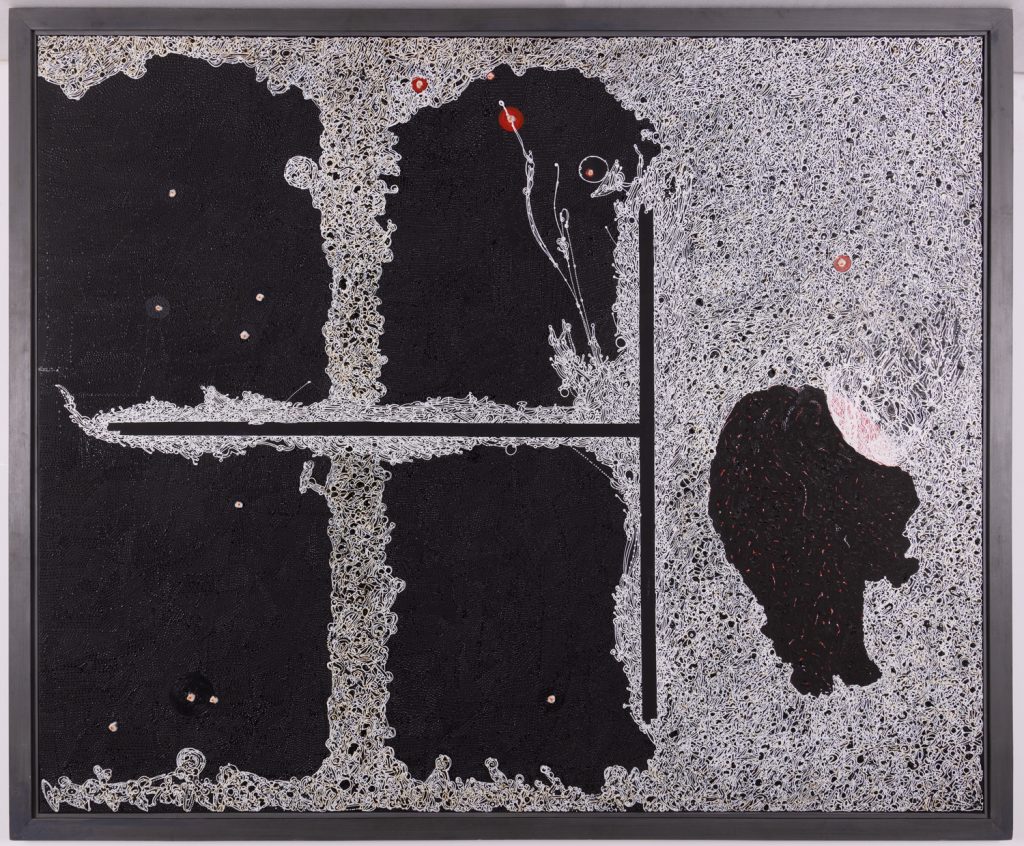
Waterproof coloured ink and coloured pencil on handmade paper
Courtesy – Amitava
The second exhibition ‘Magic in the Square’ – Mohan Samant, Centennial Exhibition, is a crisp exploration of his practice, which is also a tribute to the artist. Mohan Samant was part of the Progressive Artists Group (PAG) and carried the dynamism of the spirit of that age. The exhibition ‘Magic in the Square’ is a nonliteral elucidation, drawn from the title of one of his artworks. Unique in his approach, Samant’s practice stood apart from the stylistic language of the PAG peers. Samant is one of the modern Indian painters to be trained in India and become successful in the West following India’s independence. He has been dubbed as “one of the few artists who has successfully made the bridge between Eastern and Western traditions.”
With 20 works of Mohan Samant from the KNMA collection and other collections, synchronizing with the poetic deliberations of Amitava, the exhibition explores the ‘intermediary’ transmissions in consciousness that flow freely from one creative field to another, from poetry to image to music.
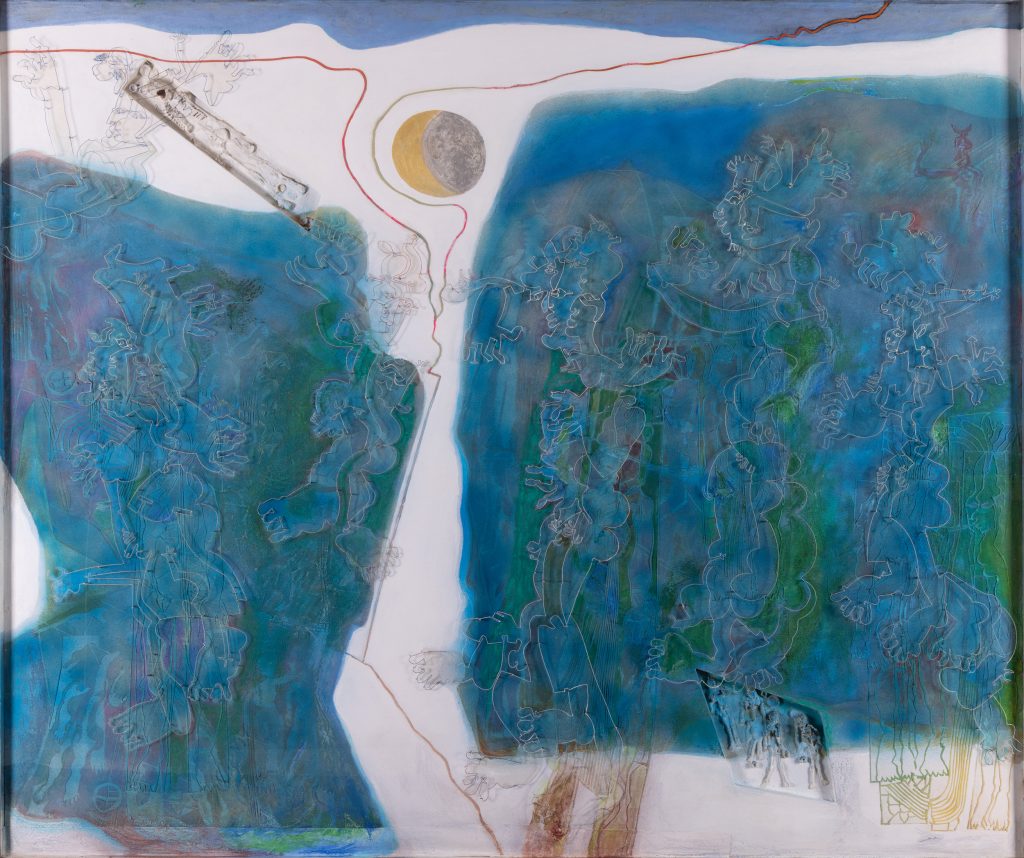
Acrylic, oil, sand, spackle and wire on canvas
Courtesy: Kiran Nadar Museum of Art
Having spent most of his life in New York, Samant’s practice is a classic instance of the strong ingrained roots in the homeland despite having migrated to a different hemisphere, amidst a different culture. He was one of the earliest examples of a transcultural person, freed from the incapacitating logic of stylistic doctrine through which often the modernist-nationalist narrative is studied, as poignantly termed by Homi K. Bhabha, he was a dweller of the in-between.
Growing up in the vibrant city of Bombay (now Mumbai), Samant was exposed to the realism of reproduction of Ravi Varma’s paintings at a tender age alongside his mother’s efforts in the crafts. Later on, training at the JJ School of Arts, and tutelage under Shankar Balwant Palsikar, introduced him to indigenous art styles like Basholi which left an ineffaceable mark on his creative subconscious. Simultaneously the Abstract expressionism that emerged in the 1950s and 1960s in New York, opened new approaches to experimenting with methods, language, scale and medium. Samant configured a style that incorporated and experimented with possibilities of materials, apart from regular paint he started using cement, plastic, sand, and thread, eventually layering his pictorial ground with cut-out forms and figurines. He raised these cut-outs from the primary surface, thus giving his paintings a three-dimensional effect. They are neither relief nor flat, this in-betweenness, perhaps is an adroit extension of his skills as a Sarangi player. The abstract nuance of classical music is translated in a subtle daintiness on his canvases.

Acrylic, oil, sand, straw and wire drawings on canvas
Image courtesy: Kiran Nadar Museum of Art
KNMA Chairperson and Founder Kiran Nadar said, “We are delighted to present Amitava and Mohan Samant with their solo shows at KNMA. For viewers, this will be a rare opportunity to engage with the under-represented but extraordinary practice of Mohan Samant in his centennial year. Samant moved to New York, but his art created a stir wherever it was displayed. The exhibition for the first time also displays the four works that were gifted to the museum by the generous gesture of Samant’s family, especially his wife Jillian Samant. The second solo is of Amitava whose artistic practice is an exciting one as it collapses boundaries between artistic categories and creates a distinct visual language that is cryptic and contemporary.”
Roobina Karode, Director and Chief Curator, KNMA adds, “The solo exhibitions of Amitava and Mohan Samant’s at KNMA are conceptualized around their artistic preoccupations of disrupting the long tradition of medium-specific practice that they were initiated in, freeing themselves to expand their consciousness to divergent conceptual ideas, materials, media, discard /trash, playing upon assimilations, both coherent and absurd, creating multiple layers within a single frame. Amitava and Samant in different contexts and locations tend to converse around inventing a language of pictorial construction, collaging, armature and assemblage, creating extra dimensions through cut-outs, paper shreds and threads, fragments of objects, toys, markings along with colour pigment, pencil scribbles, inks and markers. While Mohan Samant excavates sedimented memory, fossil-like forms and totemic imagery from his sand, dust and gravel layers, Amitava restores his journey having archived the self, gathering mementoes and ephemera across geographies, histories, poetry and literature, juxtaposed with scribbles and colours, in tune with sounds and silence.”
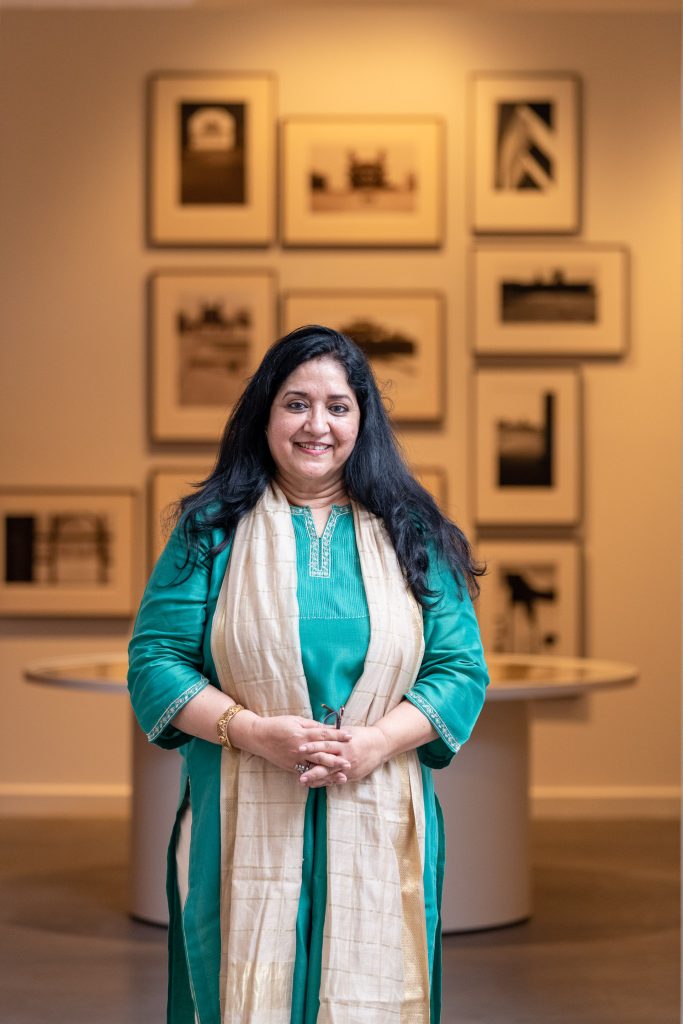
Courtesy – Kiran Nadar Museum of Art
In terms of engagement with the material, both Amitava and Samant have displayed unquestioned mastery in their trajectories, which have resulted in the most astonishing emergence of forms and figurations on pictorial surfaces.
About Amitava
Amitava was born in New Delhi in 1947 and raised in Shimla. Interested in art at a young age the artist would eventually join the College of Art in 1965. Leanings towards the works of poets and philosophers like Jibananda Das, Rabindranath Tagore, Garcia Lorca, Jean-Paul Satre and Albert Camus brought twists to his work evident in the way he assimilated humans and created works of art with minimal elements and assemblage of mediums. Through the years, Amitava has showcased his works in New Delhi, West Germany, and Mumbai. The artist lives and works in New Delhi.
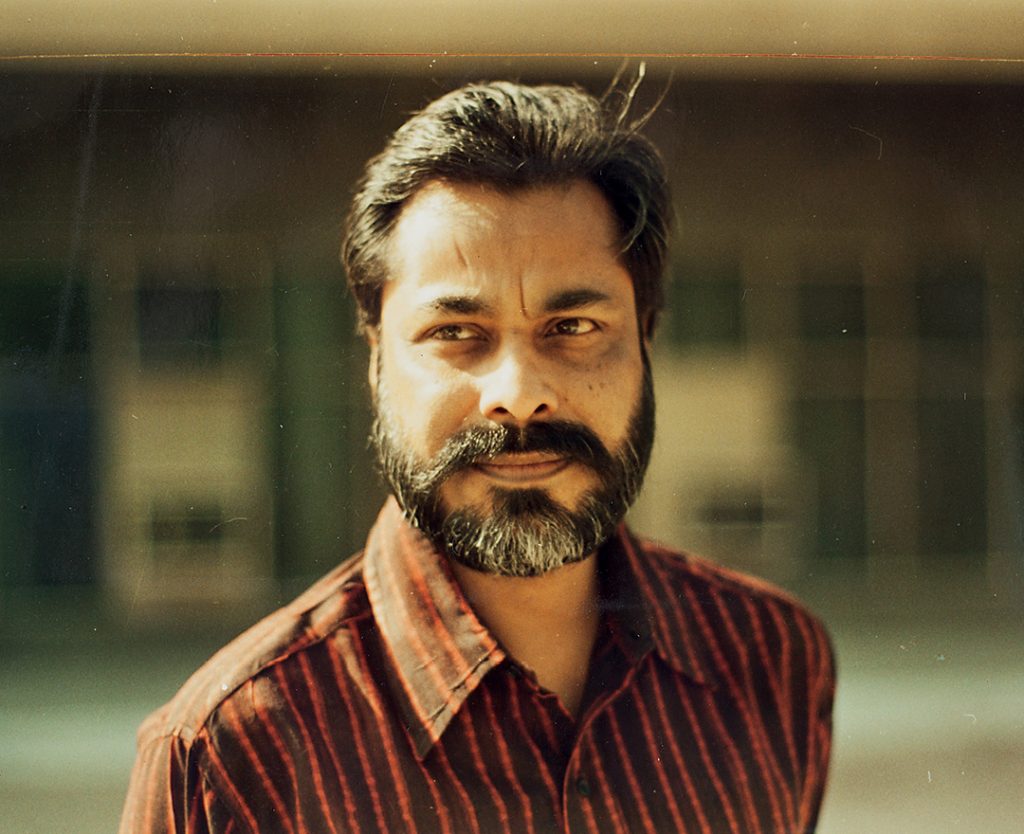
About Mohan Samant
Mohan Samant was born in 1924, in Goregaon, Mumbai. In 1952 he received his diploma from Sir J.J. School of Art, Mumbai. Through the years, Samant continued to showcase his multifaceted works in museums and galleries across Rome, New York, Mumbai, New Delhi, Washington, and Japan.
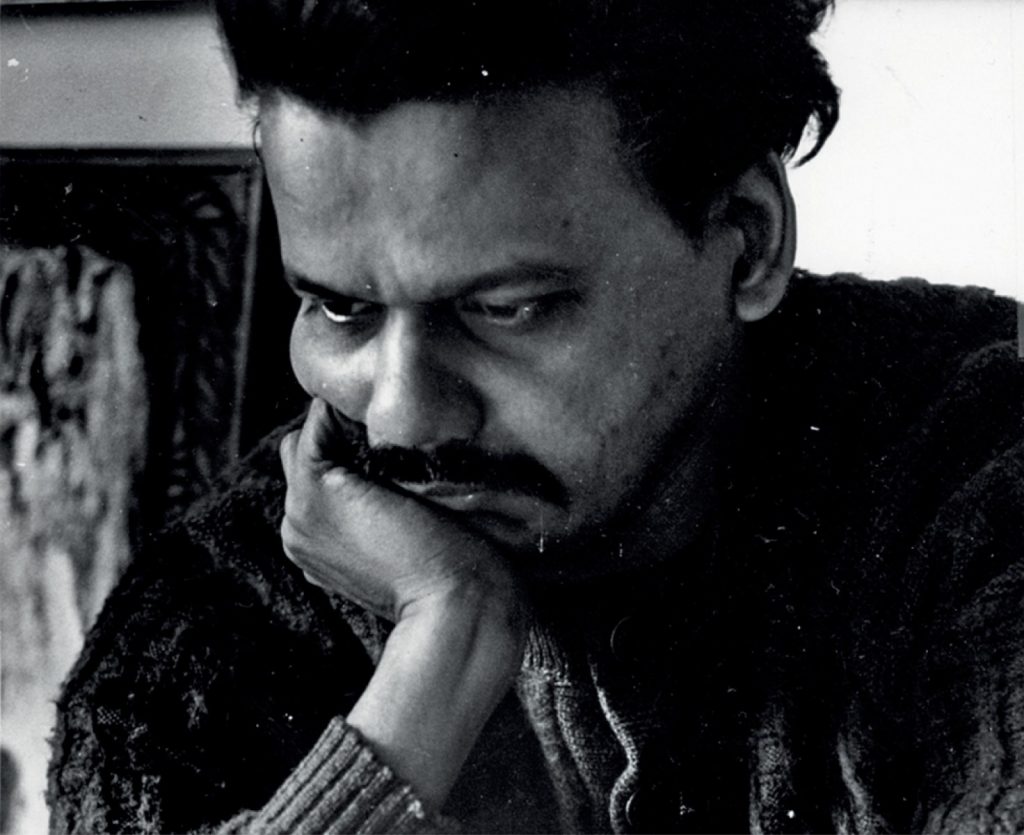
About Kiran Nadar Museum of Art
Kiran Nadar Museum of Art (KNMA) opened its doors to the public in January 2010. It is a pioneering private museum of Modern and Contemporary art in South Asia, with two spaces located in New Delhi and Noida. It is a not-for-profit institution with an extensive and creative engagement with exhibition-making, educational and public-focused programs, and publications. The museum houses a growing collection of more than 10,000 artworks from South Asia, with a focus on the historical trajectories of 20th-century Indian art, alongside the experimental practices of young contemporaries.
Untitled, 1977, Waterproof coloured ink and coloured pencil on handmade paper; Image Courtesy – Amitava

